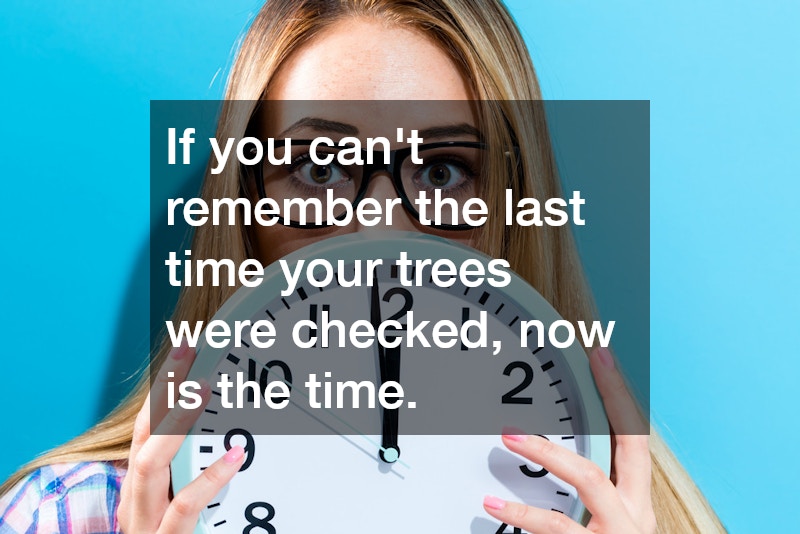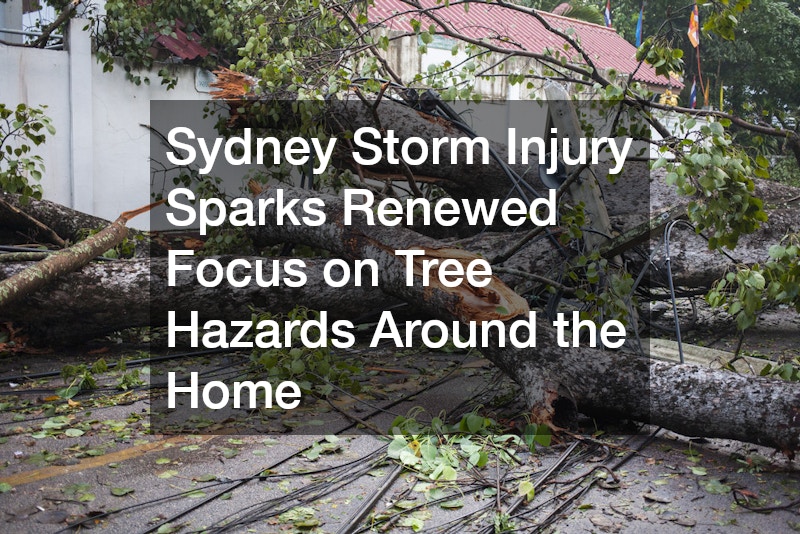When a powerful storm tore through Sydney recently, a young boy was struck by a falling tree in a frightening reminder of how quickly hazards can arise in severe weather. With winds nearing 100 km/h, the storm damaged roofs, disrupted trains and left many areas scattered with broken branches and downed trees. Emergency services responded to dozens of callouts as debris blocked roads and trees came down across the city.
For homeowners, it’s a sobering wake-up call. Large, unmaintained trees around your property can pose a serious risk, especially during storm season.
If a branch or entire tree fails near a home, fence or footpath, the damage can be immediate and severe. Preventing these events means knowing what to look for and acting early.
Why Tree Risks Often Fly Under the Radar
Many homeowners underestimate the potential danger posed by overgrown or unhealthy trees. Large limbs can break off unexpectedly, entire trees can uproot in wet or windy conditions, and even smaller branches can cause structural damage when blown into roofs, fences or vehicles. In high winds, the speed and force of falling limbs can cause injury or even death.
More worryingly, these risks aren’t always easy to spot. A tree may look stable from the outside, while rot, pest infestation or root damage weakens it from within. Trees growing too close to a home or leaning at unusual angles may also indicate instability. This is why preventative maintenance matters, not just during summer or fire season but throughout the year.
Storms Aren’t the Only Threat
While wild weather often brings tree safety into the spotlight, it’s not the only concern. Overgrown trees can:
-
Interfere with powerlines or block access during emergencies
-
Drop branches without warning in dry or windy conditions
-
Cause foundation or plumbing issues through root spread
-
Reduce visibility for driveways or footpaths, creating safety risks
Trees that overhang roofs or rest against structures can also provide pathways for pests and moisture. Addressing these issues before they become serious can help you avoid expensive repairs or personal injury. In many cases, early intervention by a qualified professional can extend a tree’s life while keeping your property safer.
What You Can Do
Keeping your property safe does not have to be overwhelming. Here are three practical steps every homeowner can take:
- Inspect Your Trees Regularly: Walk around your property and look for signs of decay, deadwood, split branches or leaning trunks. If a tree’s structure appears compromised or its roots are lifting from the ground, it is time to call in a professional. Check after heavy rain or high winds, when damage may be more visible.
- Book Professional Tree Services: Qualified arborists can assess the health of your trees and provide advice on trimming, bracing or removing them. Tree services also have the right tools and training to carry out the work safely, especially for large or unstable trees. A tree that seems manageable may be more complex than it appears once you consider height, weight and proximity to structures.
- Act Before Storm Season Begins: Do not wait for a severe weather warning. Schedule tree inspections during calmer months, so you have time to address any risks. Some councils may also require permits for certain removals, so check local requirements before starting any major work. Getting ahead of the season helps prevent rushed decisions during peak demand.
- Why Professional Tree Services Matter: It might be tempting to grab a saw and remove a branch yourself, but DIY tree work comes with real dangers. Falls from ladders, equipment injuries and unexpected collapses can lead to serious harm. Even small jobs can become risky if the tree is near powerlines, buildings or other hazards.
Using professional tree services ensures the job is done safely, correctly and in line with local rules. An experienced arborist can also tell you if a tree is truly hazardous or simply needs careful maintenance. If you live in an area known for storms or strong winds, this kind of guidance can make all the difference. It can also help preserve healthy trees for the long term, rather than removing them unnecessarily.
The recent Sydney storm isn’t a one-off event. Tree-related incidents are common during storm season, but most can be prevented with regular checks and timely action. If you can’t remember the last time your trees were checked, now is the time. Tree hazards can go unnoticed until it’s too late, especially in older or neglected properties. Booking a routine inspection is a simple way to stay ahead of problems.



